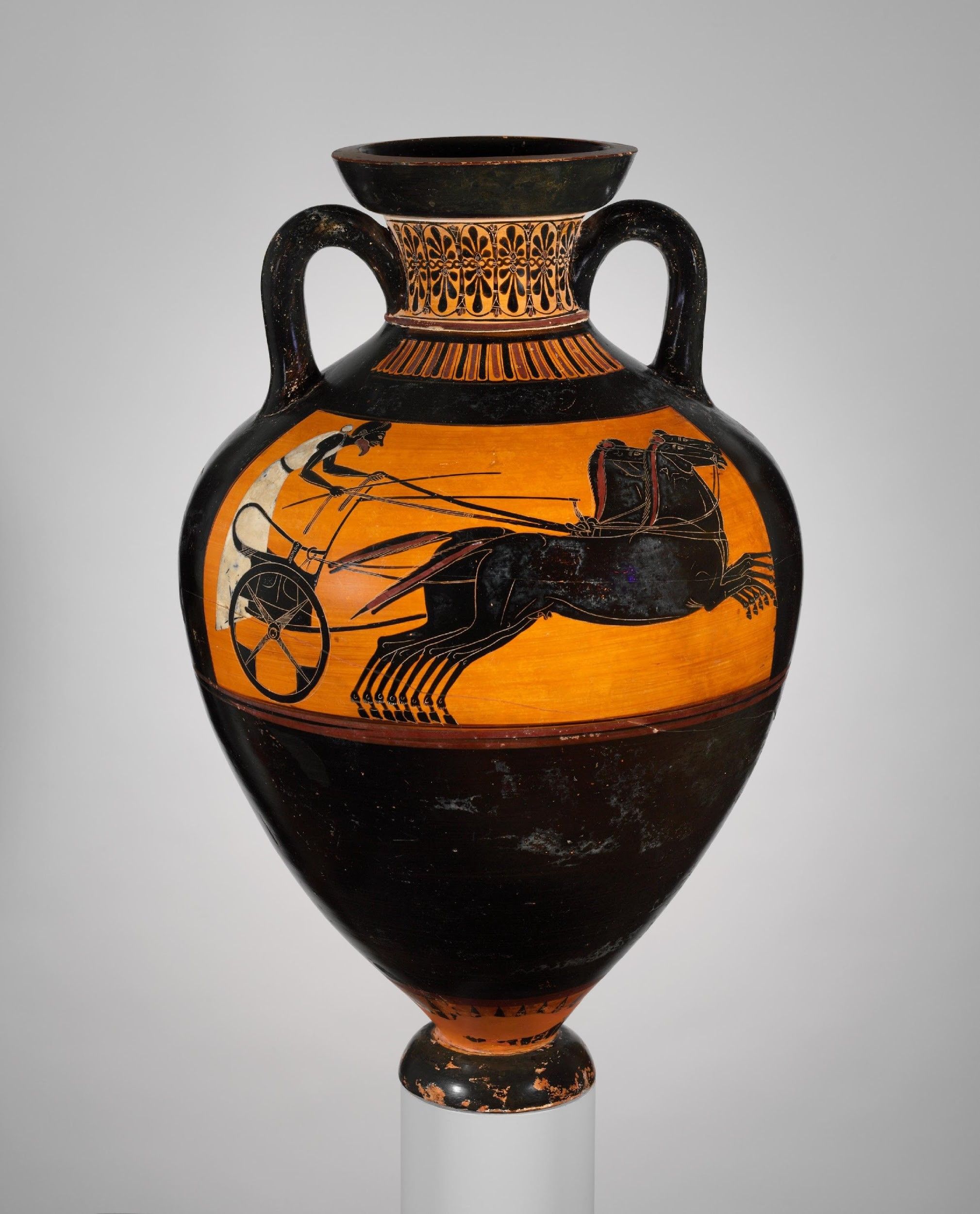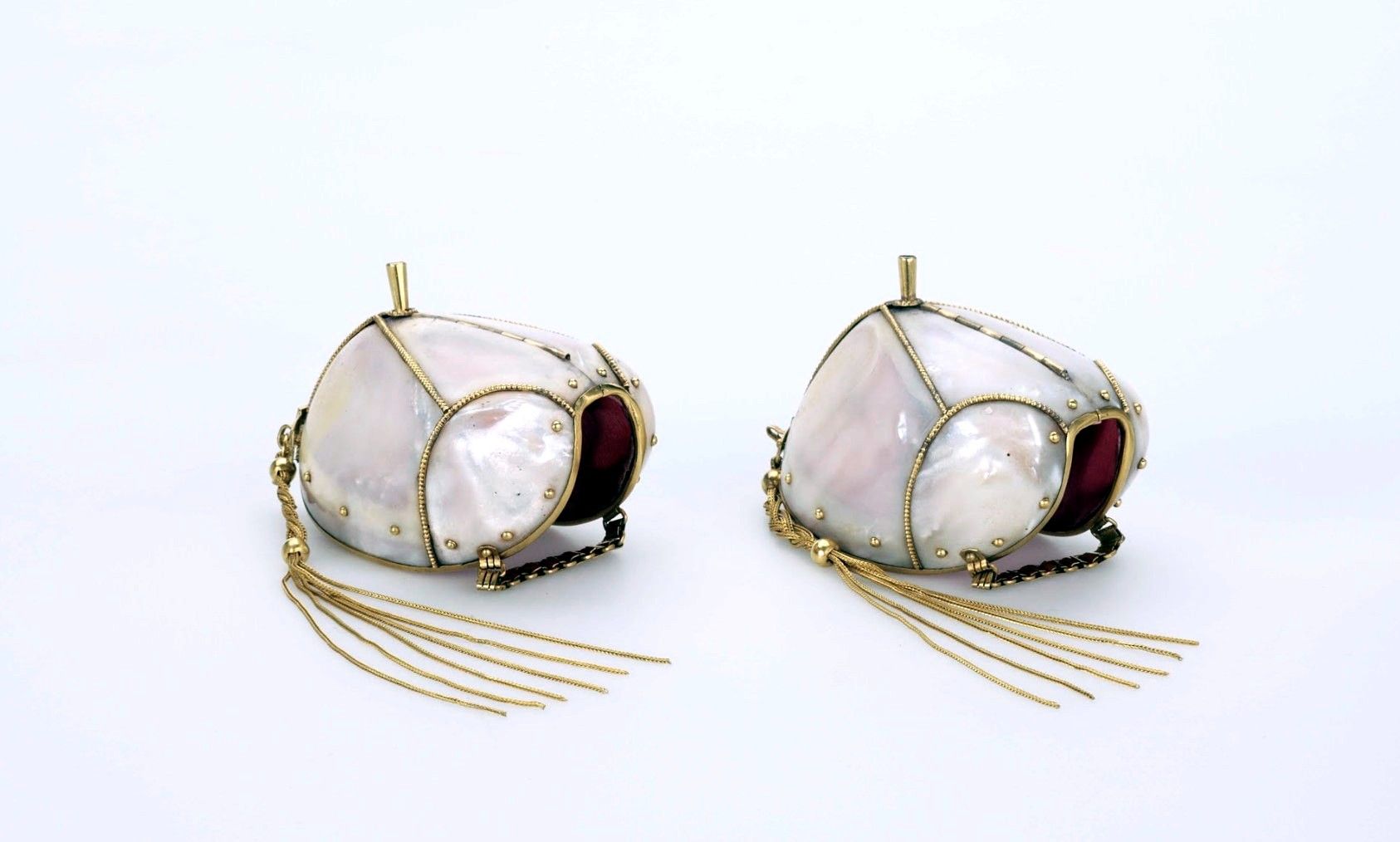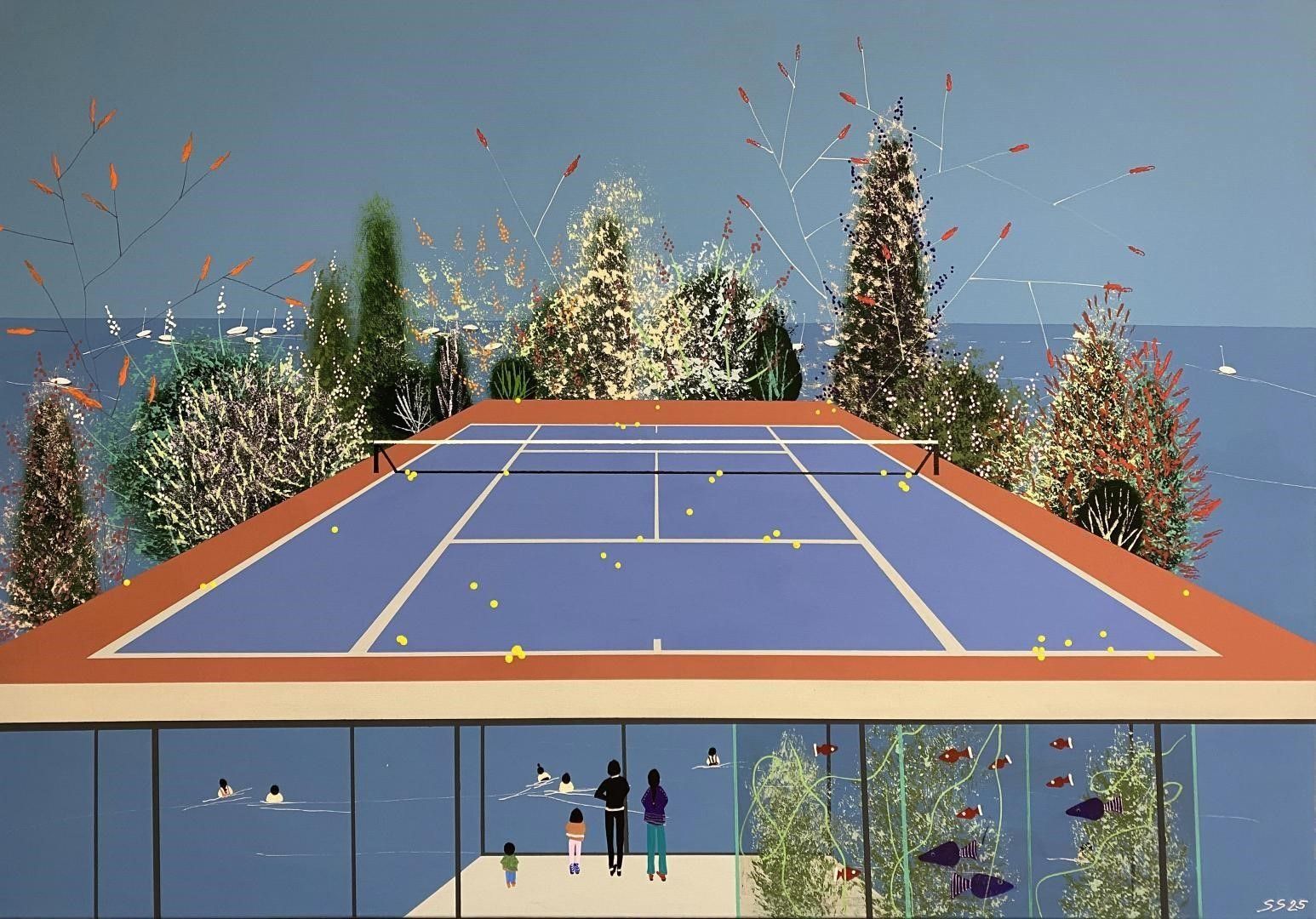The Horse: What Poets Have Yet to Say
The Arab Tent, by Sir Edwin Henry Landseer (1802–1873), circa 1865–1866. Oil on canvas. Wallace Collection, London. Image courtesy of Artvee.
We can say much about an Arab’s relationship with horses. It is not a utilitarian relationship limited to transportation or use in war, but rather a delicate, emotional bond.
The horse was the Arab’s companion on the road and a mirror reflecting their identity and core values: courage, generosity, pride, and authenticity. In the desert, it stole the hearts of nomadic Bedouins with its beauty, grace, speed, and intelligence—as well as its loyalty and endurance.
Their tents became a shelter for the horse, and a man might go to sleep hungry while feeding his horse and preferring it over himself and his family.
So how did our relationship with horses begin? According to historical sources, the origin of the Arabian horse traces back to the horses of Prophet Ishmael, peace be upon him.
In his book Nukhbat ‘Uqd al-Ajyād fī al-Ṣāfināt al-Jiyād (“The Elite Necklace of Fine Steeds”), Muḥammad ibn Abd al-Qadir al-Jazairi —based on a chain of transmission from al-Zubayr ibn Bakkār, from Dāwūd ibn al-Ḥusayn, from ʿIkrimah, from Ibn ʿAbbās —narrates:
“Horses were wild and unmounted. The first to ride them was Ishmael, and for that reason they were called al-ʿArab (the Arabians).”
Horses are mentioned in many Qur’anic verses and prophetic sayings, a sign of their high status, such as God's oath by them in Surat al-ʿĀdiyāt:
{By the charging steeds, snorting, striking sparks of fire…}
And the saying of Prophet Mohammed, peace and blessings be upon him:
“Goodness is tied to the forelocks of horses until the Day of Judgment.”
In both classical and modern Arabic poetry, the horse has always been present as a symbol of pride and courage, generosity and noble lineage, loyalty and sacrifice, identity and belonging. Many poets sang its praises, including:
In his Mu‘allaqa, Imru' al-Qais describes his horse:
"Swift to attack, to flee, to turn, yet firm
as a rock swept down by the torrent."
Al-Mutanabbī, boasting of himself, said:
"The horse, the night, and the desert know me,
As do the sword, the spear, the paper, and the pen."
And ʿAntarah ibn Shaddād, addressing his beloved ʿAblah, said:
"Inquire, Malik’s daughter, from knights of high renown,
Whate’er of me, to you, as yet, is still unknown.
Who saw me in battle will tell I’m e’er prepared
To charge but I hold back only when spoils are shared."
As a reflection of the deep bond between the horseman and his horse, Mālik ibn al-Rayb said:
"I thought of who might weep when I am gone—
None but my blade and peerless spear would mourn.
And my chestnut steed, with bridle finely spun,
Drew to the stream— but death left no hand to throw."
In modern times, Amal Dunqul writes in his poem The Horses:
"Conquests on earth are written in the blood of horses,
And the borders of kingdoms
Were drawn by their hooves.
The stirrups—scales of justice—
Tilt with the sword, wherever it leans."
And in praise of the horse’s beauty, Khālid al-Fayṣal says:
"Of the daughters of the wind,
I have a golden-skinned skittish one,
As if she were a desert gazelle in her elegance.
The rider’s dream, breaker of wild horses,
Graceful in her form, majestic in her presence."
Equestrianism was included in the Olympic Games in 1900, but it underwent a long historical evolution before that. It began with the need to ride horses for transportation and warfare, then became associated with prestige and nobility, making it an inseparable part of royal family culture around the world, eventually developing into an activity governed by competitive rules.
To this day, the Arabian horse remains an enduring symbol in Arab culture, embodying noble values and serving as a source of inspiration for everything related to art.
As for equestrianism—which is widely practiced by amateurs and professionals alike across the globe—it represents a blend of artistry, discipline, and physical challenge.


